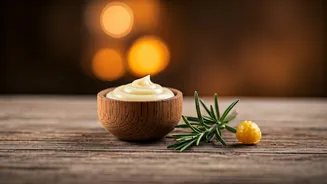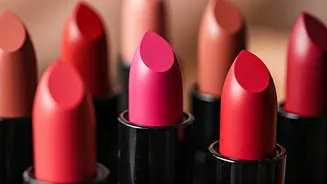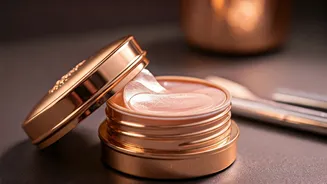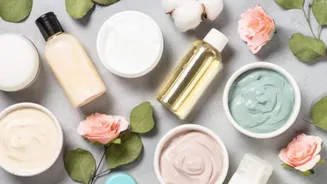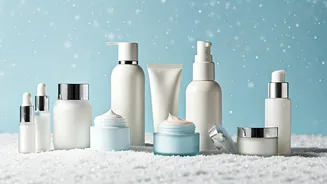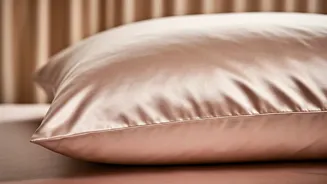Why Tallow Works
Tallow, rendered beef suet, is a powerhouse ingredient for skincare, especially lip care. Its composition closely mirrors the natural oils in human skin,
making it highly compatible and readily absorbed. This allows tallow lip balm to deeply moisturize and soothe chapped lips. Unlike petroleum-based products that can simply sit on the surface, tallow penetrates, providing long-lasting hydration. Furthermore, tallow is rich in vitamins A, D, E, and K, along with essential fatty acids, offering additional benefits like promoting skin healing and reducing inflammation. When combined with other skin-loving ingredients, tallow lip balm becomes a natural shield against the harsh elements of winter, ensuring your lips remain soft, supple, and protected.
Gather Your Supplies
To embark on your lip balm-making journey, you'll need a few essential items. First, source high-quality tallow, preferably from grass-fed cows. This will ensure the purest and most nutrient-rich base for your balm. Next, gather some carrier oils like sweet almond oil, jojoba oil, or olive oil, which will further moisturize and soften your lips. Consider incorporating beneficial additives like beeswax for structure and a natural barrier. You may also want to choose optional extras to enhance your balm: a few drops of vitamin E oil for its antioxidant properties and a dash of your favorite essential oils, such as peppermint, lavender, or tea tree, for fragrance and therapeutic benefits. Finally, have a small heat-safe bowl, a double boiler or a makeshift one with a saucepan and a glass bowl, a spoon for stirring, and small lip balm tubes or tins to pour your creation into. Ensure all your equipment is clean and dry before you start.
Crafting the Balm
Begin by setting up your double boiler: place water in the saucepan and bring to a simmer. In your heat-safe bowl, combine equal parts of tallow and your chosen carrier oil, like almond or jojoba oil. The standard starting ratio is 1:1, but experiment to find the texture you prefer. Melt these ingredients over the simmering water, stirring gently until completely liquid. This process should not be rushed. Once melted, add beeswax to the mixture, typically about 10-20% of the total volume, adjusting to control the balm's firmness. Stir continuously until the beeswax dissolves. Now, take the bowl off the heat. If using, add vitamin E oil (a few drops) and your chosen essential oils (typically 2-3 drops per 10 ml of balm) and stir thoroughly. Immediately pour the warm liquid into your lip balm tubes or tins, filling them carefully to avoid spills. Let the balm cool and solidify completely, usually for a couple of hours, before use.
Customizing Your Balm
One of the joys of making your own tallow lip balm is the ability to tailor it to your needs and preferences. For extra moisturizing benefits, consider adding a touch of shea butter or cocoa butter to the mix. These ingredients add richness and offer superior emollient properties. If you desire a subtly scented balm, experiment with different essential oil combinations. Peppermint provides a refreshing, cooling effect, while lavender offers a soothing and calming fragrance. Tea tree oil can add some antiseptic benefits. When experimenting with essential oils, always start with a low concentration and gradually increase as needed, monitoring your skin's reaction. You can also play with color, using natural ingredients like beet root powder for a hint of pink or cocoa powder for a chocolatey tone. Remember to do a patch test on your skin before applying any new balm widely.
Storage and Usage
Proper storage is essential to maintain the quality and shelf life of your homemade tallow lip balm. Store your balm in a cool, dark place away from direct sunlight and heat. This helps prevent the oils from going rancid. Typically, a well-made tallow lip balm can last for several months or even a year, if stored appropriately. When applying the balm, a small amount goes a long way. Gently apply a thin layer to your lips whenever they feel dry or chapped. Reapply as needed, especially after eating or drinking. For best results, consider applying the balm before bed to allow it to work overnight. To avoid contamination, always use clean fingers or a lip balm applicator. With proper care and usage, your homemade tallow lip balm can become your winter essential for soft, healthy lips.
